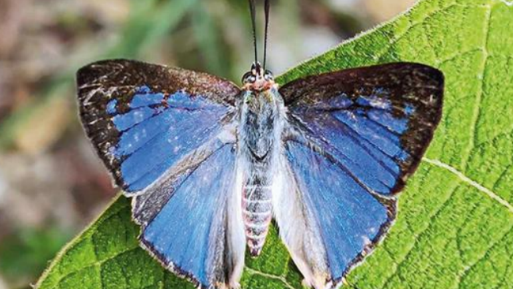





Disclaimer: Copyright infringement not intended.
Context
Details
Cigaritis meghamalaiensis
Description
Distribution
|
PRACTICE QUESTION Question: Cigaritis meghamalaiensis, a butterfly species, has recently gained attention. Which of the following statements regarding this species is/are correct? 1.It is a large, brightly colored butterfly species found in the Amazon rainforest. 2.Cigaritis meghamalaiensis is known for its unique migratory patterns spanning across multiple continents. 3.The species is named after the region of Meghamalai, and its detailed characteristics may be found in recent scientific literature. 4.It is listed as "Endangered" on the IUCN Red List. Select the correct answer using the codes below: A) 1 and 2 only B) 3 only C) 2 and 4 only D) 3 and 4 only Answer: B) 3 only |







© 2025 iasgyan. All right reserved